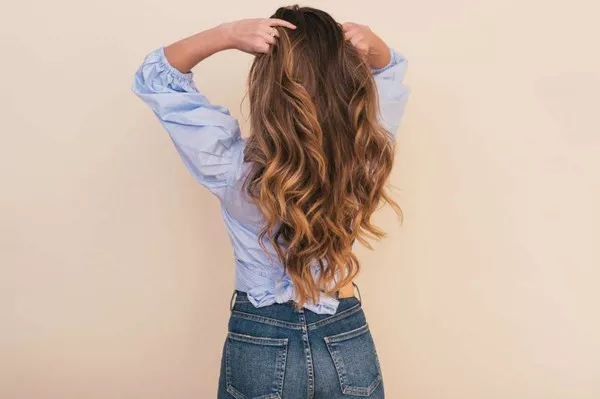Undergoing a hair transplant is a significant decision that can lead to long-lasting results and restored confidence. After the procedure, it is essential to follow proper post-operative care guidelines to ensure successful healing and optimal outcomes. One common question that arises among hair transplant recipients is when they can safely shower after the procedure. In this article, we will explore the factors that determine the appropriate time to shower after a hair transplant and the essential steps to take during the healing process.
I. Immediate Post-Operative Care:
Directly After the Procedure:
In the immediate hours following the hair transplant procedure, the scalp is delicate, and the transplanted grafts need time to settle into their new locations. It is crucial to follow the specific instructions provided by the hair transplant surgeon to protect the grafts during this critical period.
Covering the Scalp:
After the procedure, the surgeon may cover the scalp with a bandage or a special dressing to protect the grafts and minimize the risk of infection. The bandage will be removed by the medical staff during the follow-up appointment.
II. The First Few Days:
Initial Healing Phase:
In the first few days after the hair transplant, the scalp may be sensitive, and the healing process is still ongoing. It is essential to avoid any actions that could disrupt the grafts or cause trauma to the scalp.
Avoiding Water Exposure:
During this initial healing phase, it is recommended to avoid direct water exposure to the scalp. This includes avoiding showers, swimming, and heavy sweating. Moisture can potentially dislodge the grafts or introduce harmful bacteria to the healing area.
III. Graft Anchoring and Scabbing:
Graft Anchoring:
As the days pass, the transplanted grafts will gradually anchor themselves to the scalp and establish blood supply. This is a crucial process for the survival of the grafts.
Formation of Scabs:
During the initial healing phase, small scabs will form around the transplanted grafts. These scabs are a natural part of the healing process and should not be picked or scratched.
IV. When Can I Safely Shower?
Post-Operative Follow-Up:
The timing for when you can safely shower after a hair transplant depends on the individual’s healing progress. Most hair transplant surgeons schedule a post-operative follow-up appointment within the first week.
Surgeon’s Approval:
During the follow-up appointment, the surgeon will assess the healing progress and provide specific instructions for when you can resume normal activities, including showering.
V. Showering Guidelines After a Hair Transplant:
Gentle Hair Washing:
Once the surgeon gives the green light to shower, it is essential to be gentle when washing the hair and scalp. Use only lukewarm water and a mild, sulfate-free shampoo to cleanse the scalp.
Avoiding Direct Pressure:
Avoid applying direct pressure to the transplanted areas while washing your hair. Instead, allow the water and shampoo to flow gently over the scalp.
VI. Drying the Scalp:
Patting Dry:
After washing, pat the scalp dry with a soft, clean towel. Avoid rubbing the scalp, as this can disrupt the healing grafts and cause unnecessary irritation.
VII. Additional Post-Operative Care:
Avoiding Styling Products:
During the initial healing phase, it is best to avoid using any hair styling products or applying them carefully to avoid disturbing the grafts.
Sun Protection:
Protect your scalp from direct sun exposure by wearing a hat or using sunscreen with a high SPF.
Follow Surgeon’s Instructions:
Adhering to the post-operative care instructions provided by your hair transplant surgeon is essential for a successful recovery and optimal hair growth.
VIII. Long-Term Care:
Hair Washing Routine:
As the healing process progresses, you can gradually return to your regular hair washing routine. However, it is still recommended to be gentle with your scalp, especially when massaging or applying hair products.
Healing Timeline:
The complete healing process after a hair transplant can take several weeks to a few months, depending on individual factors. During this time, continue to follow any guidelines and recommendations given by your surgeon.
Conclusion:
A hair transplant is a significant investment in restoring hair and confidence. Following proper post-operative care guidelines is crucial for successful healing and long-lasting results. The timing for when you can safely shower after a hair transplant depends on your individual healing progress, and it is essential to follow the instructions provided by your surgeon. Remember to be gentle with your scalp during the initial healing phase and avoid any actions that may disrupt the grafts. With patience and proper care, you can enjoy the full benefits of your hair transplant and the restored appearance and self-confidence it brings.

